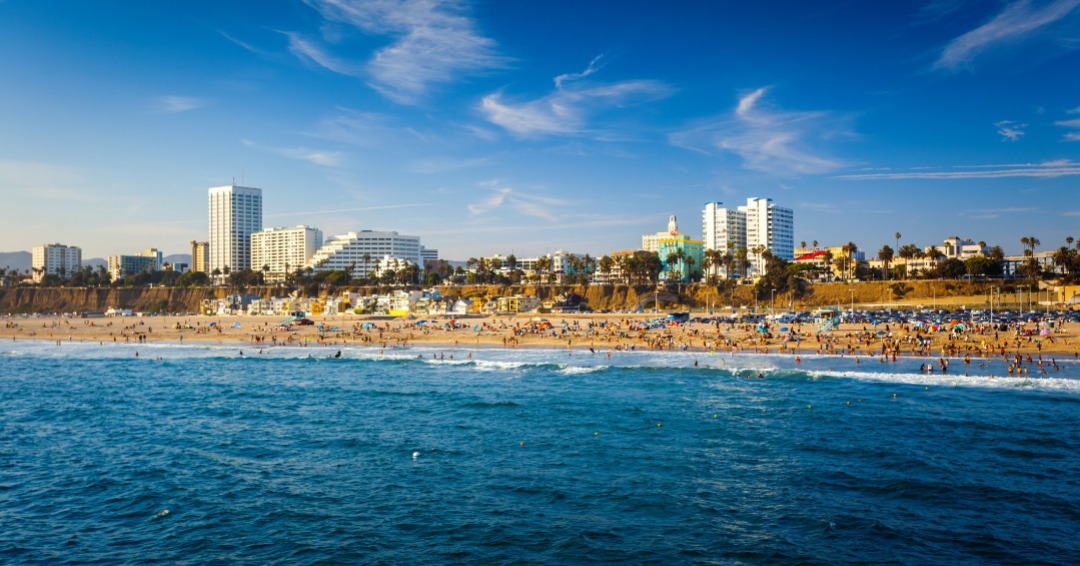The next front in California’s long-running water wars has already opened, and the reasons for it will sometimes be hard to see – but not always.
That next fight is over ground water, source of about 35 percent of the state’s fresh water in normal years and a much higher percentage in dry ones like 2014. This battle has the potential to become far more bitter than even the quarrels over how to distribute water from the Delta of the Sacramento and San Joaquin river systems.
For it’s all but certain that regulations of some kind will come soon to this only source of California fresh water that currently has virtually none.
“In the coming months, I will be working…on strategies for more effective groundwater management,” wrote Democratic state Sen. Fran Pavley of Calabasas in her latest constituent newsletter. When Pavley broaches a subject like this, no one involved can afford to ignore her. Only last year, she authored the state’s first regulations on hydraulic fracturing (fracking) for oil and natural gas, and back in 2006, she was the force behind the AB32 restrictions on greenhouse gases, progenitor of the state’s ever-controversial cap-and-trade program.
For sure, the long-running drought here is producing conditions that almost demand regulation.
As things get drier, especially for San Joaquin Valley farms now drawing just a small fraction of their normal water entitlements from both the state Water Project and the federal Central Valley Project, many of those farmers are pumping ground water furiously to keep their crops and businesses alive.
The longstanding presumption here has been that if there’s water under your land and you have a well, you can take as much as you want. That has sometimes ignored effects on other nearby property owners and the public.
One of those effects can be land subsidence, which in some Central Valley locales has topped 20 feet and can be spotted by passing motorists who see instruments and wellheads that once were on the surface perched on pipes reaching high above the current ground level.
Subsidence, in turn, can lead to problems moving surface water in canals, something water agencies cannot long tolerate. Over-pumping ground water can also spur intrusions of brackish salt water into fresh water aquifers.
The reality is that some of California’s most significant environmental laws have been the direct results of crises. The Field Act, passed just after the 1933 Long Beach earthquake, changed the way schools all over the state are built. Building standards for other structures changed immensely after the 1971 San Fernando earthquake severely damaged the Olive View Medical Center. The drought of 1975-77 produced major water conservation changes, among them wide government distribution of low-flow toilets and shower heads, now standard in new homes and one reason today’s drought has not yet proved as disastrous as previous ones.
So far, drought has not produced great enthusiasm for Gov. Jerry Brown’s proposed twin tunnels water project to bring Sacramento River water under the Delta to the state’s aqueduct. That’s partly because in return for more than $20 billion, the state would get no more water, even if the tunnels might assure more level supplies from year to year. So far, the main backers are water districts on the west side of the San Joaquin Valley, whose member farmers are prone to major water allocation swings from year to year.
So that project won’t go anywhere for awhile. Which could mean that legislators who want at least to purvey the image of doing something about the drought will become more likely to adopt ground water regulations.
If they try this, expect another loud and large fight to break out, as farmers and water districts with wells of their own can be expected to fight anyone trying to tell them what to do with water they’ve long viewed as their own property.













